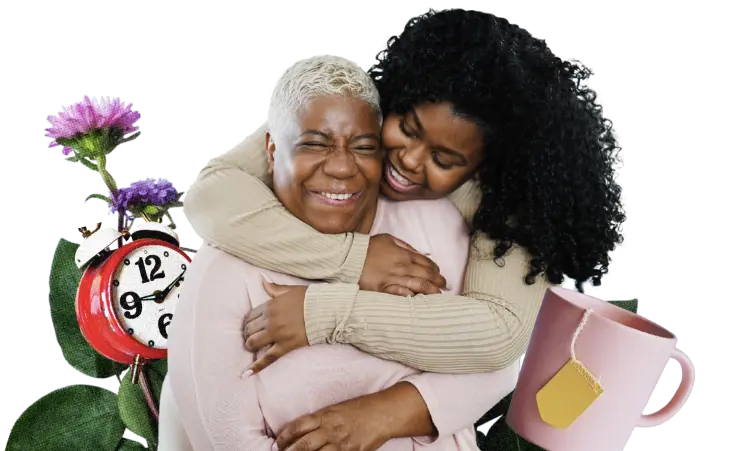
There’s no place like home… or your sister’s home. She’s got all the good snacks. Millions of adults provide support to siblings or siblings-in-law who are disabled and / or aging to help them remain in their homes and communities, but a recent analysis of all scripted TV shows in 2021 identified very few characters who fall into this category. Freshen up those character dynamics: siblings are more than rivalries!
Story Sparks:
- Rashawn lives with his sibling, Zahra, who is a wheelchair user, in their Las Vegas apartment that’s fully accessible. Las Vegas high rises have more than just slots. It’s part of their daily routine for Rashawn to help Zahra get ready for work.
- Renia’s twin sister Yelena requires ongoing care at home after a serious illness. Renia handles all the medication management and insurance paperwork for Yelena at her home during the recovery. In between producing episodes of their romance-novel fancast, Romancing The Pod.
- Vee’s brother Martin has epilepsy and can only work part-time at his dream job as an interior designer. Vee decides to help pay for Martin’s housing costs. Meanwhile, he’s upgraded all of his sister’s area rugs…mid-century modern is so 2017.
AVOID THE PITFALL:
Find opportunities to include caregiving characters without diminishing the perspectives of older and disabled characters. Stories that center the experience of the caregiver at the expense of a disabled or older person’s agency and character growth ultimately reinforce ableist norms.
A quick note: scenarios described here are generalized from information that Caring Across Generations has collected through focus groups, polling, and other research. They are generalized scenarios and are not any one individual’s story, and they are not meant to be comprehensive of all experiences having to do with care. This resource is intended to illuminate new storytelling opportunities that also contribute to a more authentic and holistic representation of care on screen.
